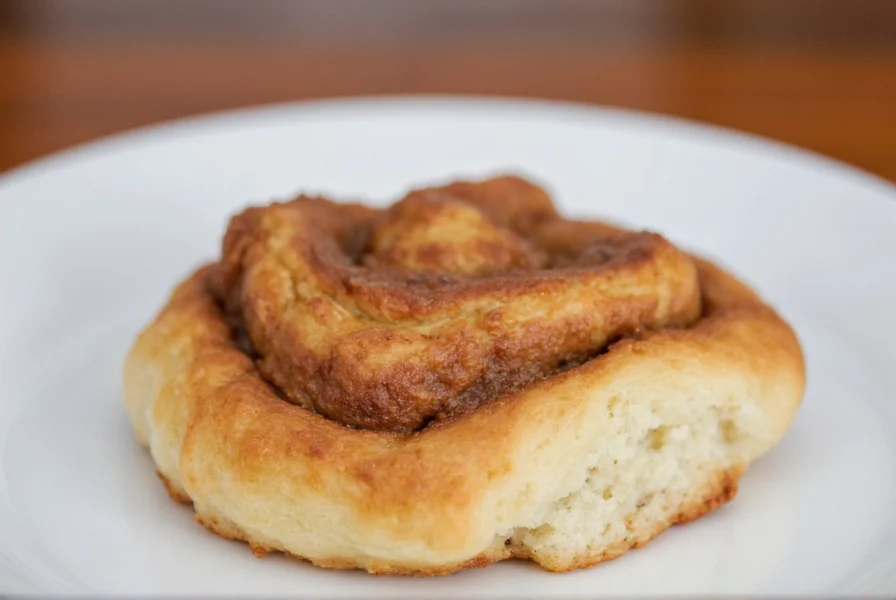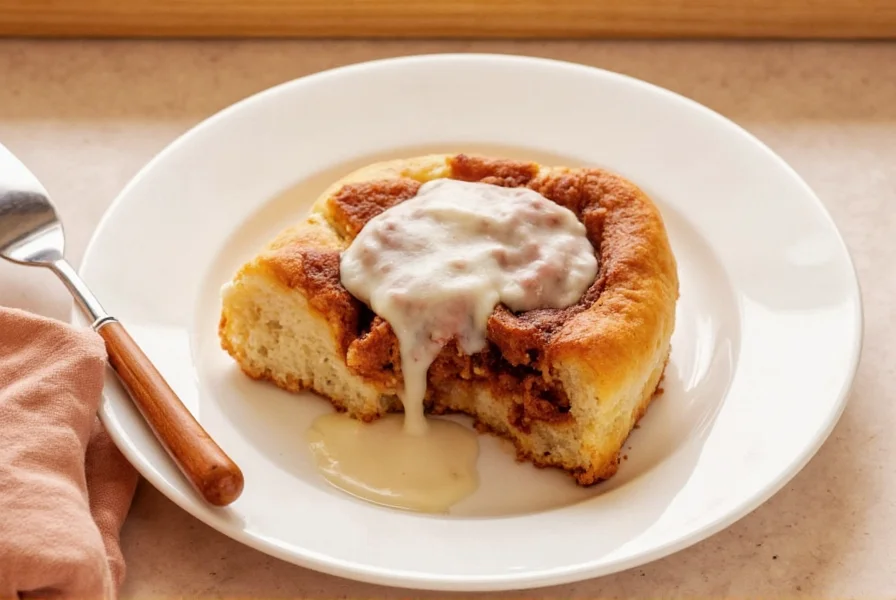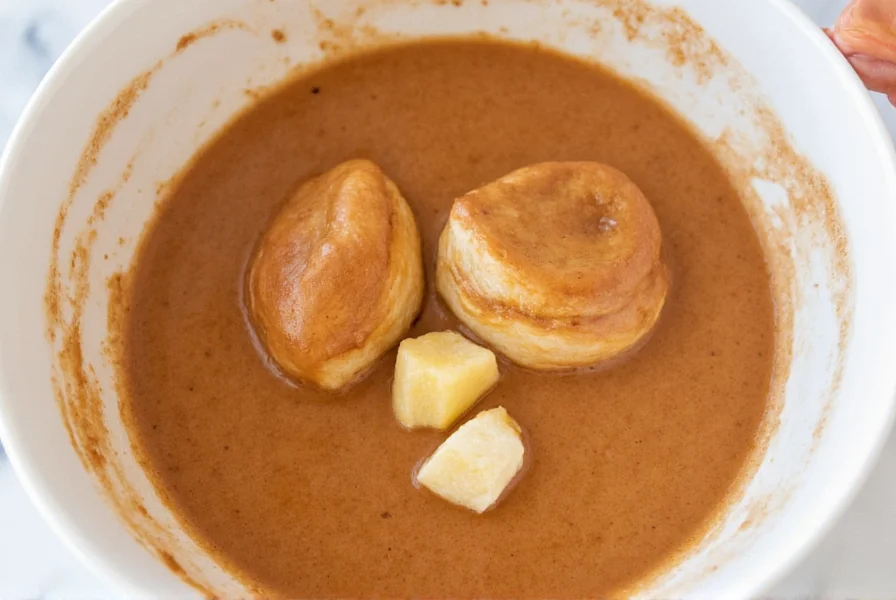Creating the perfect cinnamon roll begins with a flawless filling—the heart of this beloved pastry. While many recipes focus solely on the dough, the filling determines whether your rolls will be memorable or mediocre. After decades of perfecting this classic treat, we've distilled the essential elements of an exceptional cinnamon roll filling that delivers consistent results.
Essential Ingredients for Cinnamon Roll Filling
The magic happens in the filling layer between your rolled dough. Unlike complicated recipes with unnecessary additions, the best cinnamon roll filling recipe focuses on quality ingredients in the right proportions. This isn't just another easy cinnamon roll filling measurements guide—it's the definitive approach used by professional bakers.
| Ingredient | US Customary | Metric | Professional Tip |
|---|---|---|---|
| Brown sugar | 1 cup, packed | 200g | Use dark brown sugar for deeper molasses flavor |
| Ground cinnamon | 3 tbsp | 18g | Freshly grind whole cinnamon sticks when possible |
| Unsalted butter | 1/2 cup, softened | 113g | Must be at room temperature for even spreading |
| Flour (optional) | 1-2 tbsp | 8-16g | Prevents filling from leaking during baking |
Step-by-Step Filling Preparation
Follow these professional techniques for homemade cinnamon roll filling without brown sugar alternatives or with the classic recipe:
- Prepare your butter—Remove butter from refrigerator 60-90 minutes before use. Properly softened butter spreads evenly without tearing your dough.
- Mix dry ingredients—In a small bowl, combine brown sugar and cinnamon. For a more complex flavor profile, add 1/4 teaspoon of cardamom or nutmeg.
- Incorporate butter—Beat softened butter with the sugar-spice mixture until fully combined but not fluffy. Over-beating incorporates too much air.
- Adjust consistency—If your kitchen is warm, add 1-2 tablespoons of flour to prevent excessive spreading during baking.
- Roll out dough—On a lightly floured surface, roll your prepared dough into a 16x12 inch rectangle with even thickness.
- Spread filling—Using an offset spatula, spread the filling mixture evenly from edge to edge, leaving a 1/2 inch border along one long side.

Proven Techniques for Perfect Results
Achieving the ideal cinnamon sugar ratio for rolls requires more than just measurements—it's about technique. Many home bakers make these critical mistakes:
- Using melted butter—This causes the filling to sink to the bottom rather than staying distributed throughout the roll.
- Overfilling—Excess filling creates pressure that forces out during baking, creating a messy pan and dry rolls.
- Uneven spreading—Inconsistent thickness leads to some rolls being flavorless while others overpowering.
For those seeking classic cinnamon roll filling ingredients with a twist, consider these professional variations:
- Nut addition—Fold 1/2 cup of finely chopped pecans or walnuts into the filling mixture
- Fruit infusion—Add 1/4 cup of dried apples or raisins soaked in apple cider
- Spice enhancement—Include 1/4 teaspoon each of allspice and cloves for holiday rolls
- Gluten-free adaptation—Use almond flour instead of wheat flour in the filling for GF versions
Troubleshooting Common Filling Problems
Even with the best cinnamon roll filling recipe, issues can arise. Here's how to solve them:
- Filling leaks out during baking—Your butter was too soft or you didn't include enough flour in the filling. Next time, add 1-2 tablespoons of flour to the mixture.
- Weak cinnamon flavor—Your cinnamon may be stale. Ground spices lose potency after 6 months. Always check expiration dates.
- Dry rolls—You likely used too much flour in your dough. Measure by weight for accuracy rather than volume.
- Rolls uncoil during baking—Seal the edge properly when rolling and ensure your filling doesn't extend to the edge.
Storage and Preparation Tips
For those making rolls ahead of time, proper filling storage is crucial. You can prepare your how to make cinnamon roll filling from scratch mixture up to 3 days in advance:
- Store in an airtight container in the refrigerator
- Bring to room temperature before using for even spreading
- Freeze filling portions in individual servings for quick preparation
When assembling your rolls, work efficiently—warm kitchen temperatures can cause the filling to become too soft. For best results, prepare your filling while your dough completes its first rise.

Why This Recipe Works
This best cinnamon roll filling recipe succeeds because it balances science and tradition. The 4:1 ratio of brown sugar to cinnamon creates the perfect sweet-spice harmony, while the precise butter measurement ensures proper distribution without leakage. Unlike recipes that call for melted butter or excessive flour, this method preserves the authentic texture and flavor that makes cinnamon rolls irresistible.
Remember that ingredient quality directly impacts your results. Use real butter (not margarine), fresh cinnamon (check the "best by" date), and high-quality brown sugar for the most flavorful filling. When measuring spices, spoon them into your measuring spoon rather than scooping directly from the container to ensure accuracy.











 浙公网安备
33010002000092号
浙公网安备
33010002000092号 浙B2-20120091-4
浙B2-20120091-4